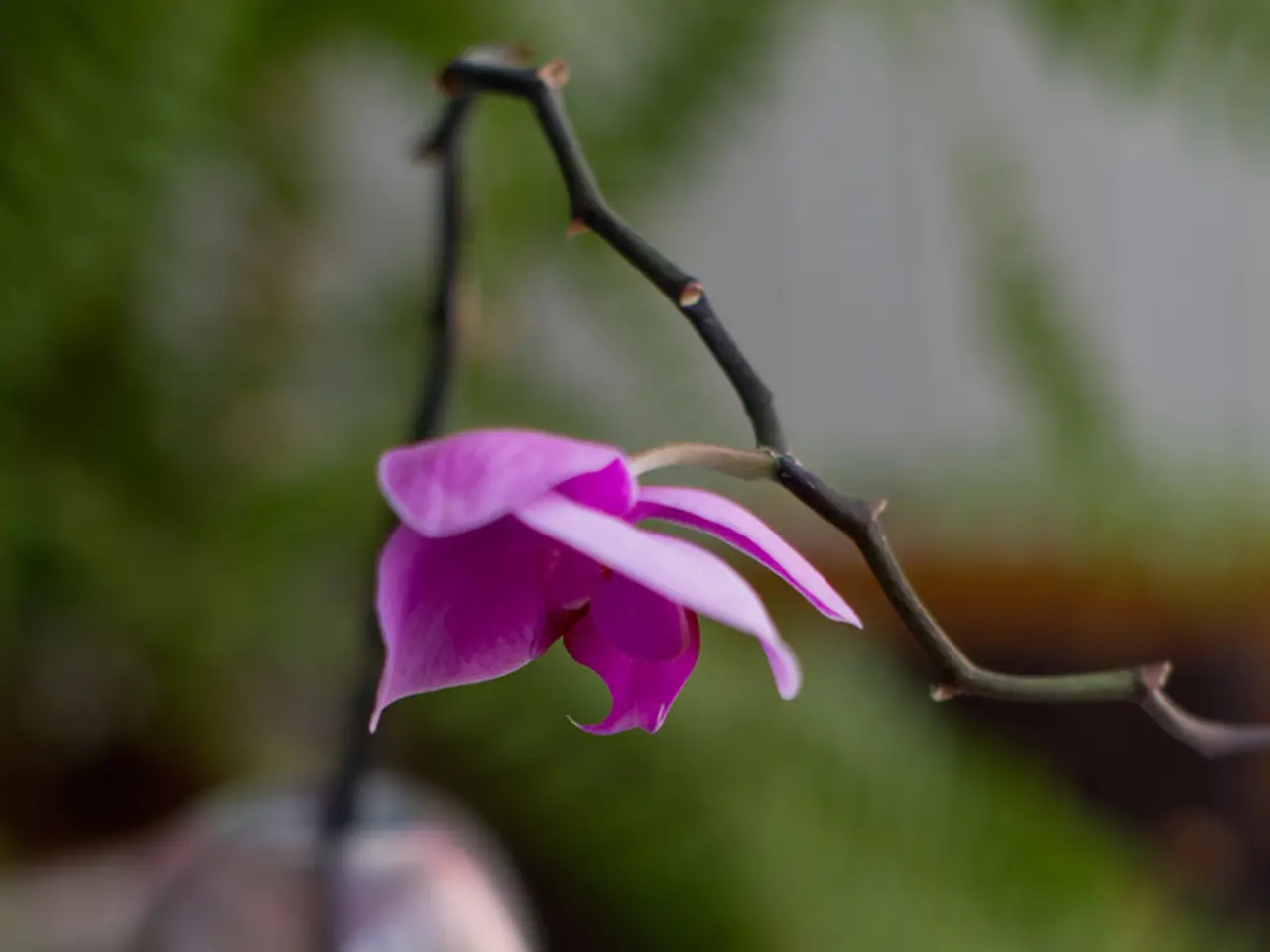Plants to Deter Ticks and Beautiful Accents for Your Yard or Potted Garden
In the battle against ticks, a host of aromatic and ground-cover plants can provide a natural solution to deterring these unwanted pests. By incorporating these tick-repelling plants into your garden, patio, and lawn perimeters, you can create a barrier against ticks, all while beautifying your outdoor space.
Lavender, with its violet to pink blooms, is one such plant that ticks find offensive. Its strong aroma is known to repel ticks, making it an ideal choice for your yard. Other plants that ticks dislike include catmint, creeping thyme, rosemary, oregano, geraniums, chrysanthemums, lemongrass, and peppermint. Each of these plants contains compounds that are unpleasant to ticks, such as nepetalactone, thymol, camphor, borneol, (-)-10-epi-γ-eudesmol, pyrethrin, and essential oils.
Lavender plants grow 1 to 3 feet tall and 2 to 4 feet wide, making them suitable for various spaces. They thrive in a sunny, dry location with extremely well-draining soil and can be grown in raised beds or with mounded up soil. Heirloom Munstead lavender seeds can be purchased for cultivation.
American beautyberry, preferring full sun to part shade and well-draining soil, is another effective tick-repellent. This shrub can grow up to 8 feet tall and 6 feet wide and is a great native plant to replace invasive honeysuckle. Its crushed leaves have been used as a personal repellent for biting bugs for generations and may repel blacklegged ticks. 'Pearl Glam' American beautyberry shrubs can be found at the Home Depot.
Peppermint, with its strong scent, is also known to repel ticks. It prefers part shade in rich, moist soil and grows 1 to 3 feet tall and up to 2 feet wide. Peppermint seeds can be purchased, but be aware that it spreads aggressively by underground rhizomes.
Rosemary, with its pine-like needles, is another fragrant, evergreen herb that repels garden pests and is used in cooking and personal products. It requires full sun and well-draining, acidic soil to thrive and can grow into a 5-foot shrub.
In addition to planting these tick-repelling plants, maintaining a clean yard can further deter ticks. Keeping the lawn mowed, trimming shrubbery, and removing clutter and leaf piles can help keep ticks away. Wearing protective clothing like tick-proof overalls can also help protect against ticks.
By combining these strategies, you can create an eco-friendly, chemical-free environment that discourages ticks while maintaining a beautiful and inviting outdoor space. Research shows that these plants can help get rid of ticks in your landscape, making them a valuable addition to any yard.
- Incorporating plants like lavender, with its violet to pink blooms, into your home-and-garden improves not only the lifestyle appeal of your outdoor space but also acts as a natural barrier against ticks, repelling them with its strong aroma.
- The bright pink berries of American beautyberry, another effective tick-repellent, add a splash of color to your home-and-garden while keeping away ticks, particularly blacklegged ticks, when grown in full sun or part shade with well-draining soil.








